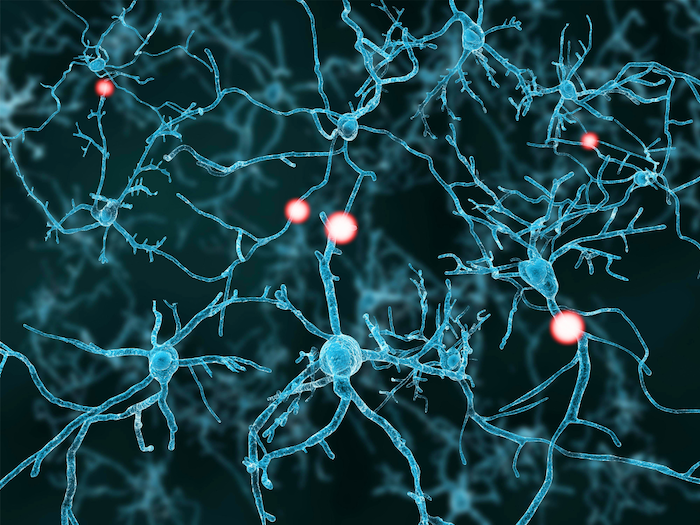New variation of the once-obsolete streptothricin shows positive results against antibiotic resistance
Scientists have been on the lookout for antibiotics against multidrug-resistant bacteria for a while now, and the discovery of streptothricin F as a molecule that can combat the Nevada strain of Carbapenem-resistant Enterobacterales, or CRE, has allowed for decent headway in this regard. Research regarding the drug’s efficacy against hard-to-kill Gram-negative bacteria was published in […] The post New variation of the once-obsolete streptothricin shows positive results against antibiotic resistance appeared first on LifeSci Voice.

Scientists have been on the lookout for antibiotics against multidrug-resistant bacteria for a while now, and the discovery of streptothricin F as a molecule that can combat the Nevada strain of Carbapenem-resistant Enterobacterales, or CRE, has allowed for decent headway in this regard.
Research regarding the drug’s efficacy against hard-to-kill Gram-negative bacteria was published in a PLOS Biology article after scientists from Harvard Medical School and Beth Israel Deaconess Medical Center conducted experiments.
The antibiotic was originally discovered in the 1940s but was later abandoned due to issues with toxicity. However, now researchers have discovered a particular strain that is strong enough to kill drug-resistant bacteria in mice without causing side effects.
In an experiment conducted by researchers from Case Western Reserve and Northeastern universities, a series of experiments were conducted where they compared streptothricin F’s performance against a second form of the molecule called streptothricin D in a series of cell cultures consisting of Enterobacterales—a group of Gram-negative bacteria that includes pneumonia-causing Klebsiella pneumoniae, E. coli, and salmonella.
By the end of the experiment, it was revealed that although streptothricin D was six times more effective than streptothricin F, it was also far more damaging to kidney cells at lower doses.
In the next experiment, researchers dosed five mice infected with Nevada CRE with streptothricin F, and the results showed that the antibiotic was able to wipe out the bacteria completely in three of the five models with a single high enough dose without causing any harm to the mice.
“Based on unique, promising activity, we believe [streptothricin F]… deserves further preclinical exploration as a potential therapeutic for the treatment of multidrug-resistant, Gram-negative bacteria,” said lead researcher James Kirby, M.D.
The way that streptothricin F differs from other antibiotics normally used to treat Gram-negative bacteria is that, rather than disturbing the work of ribosomes that convert RNA into amino acids by indirectly altering how surrounding ribosomal RNA interacts with ribosomes that decode the bacteria’s RNA sequence, it directly interrupts the coding by inserting itself in the decoding center. While the end result in both cases is the same, this unique mechanism can allow streptothricin F to function where other aminoglycosides have failed.
Researchers have already found a way to produce the antibiotic from scratch and, in the future, would be looking towards building new variants of the molecule to the extent that they become as effective as advanced therapeutics.
It was back in 1942 that the first-ever paper was published on streptothricin, a component of the compound nourseothricin, by scientists H. Boyd Woodruff, Ph.D., and Selman Waksman, Ph.D. Although the drug was known to be particularly strong against gram-negative bacteria, in later years, many studies highlighting its side effects were published.
The Proceedings of the Local Branches of the Society of American Bacteriologists noted that rabbits injected with oral and intravenous streptothricin suffered from a damaged stomach, liver, and kidneys, and in human trials, the drug caused irreversible kidney damage.
However, recently we have discovered faults in the previous work, like the misconception that nourseothricin was just composed of one type of streptothricin. The compound, as we now know, consists of many varieties of streptothricin, all with different toxicity levels. Since earlier studies dealt with impure mixtures of different streptothricins at high doses in animals, this led to misleading results.
The post New variation of the once-obsolete streptothricin shows positive results against antibiotic resistance appeared first on LifeSci Voice.
What's Your Reaction?

































